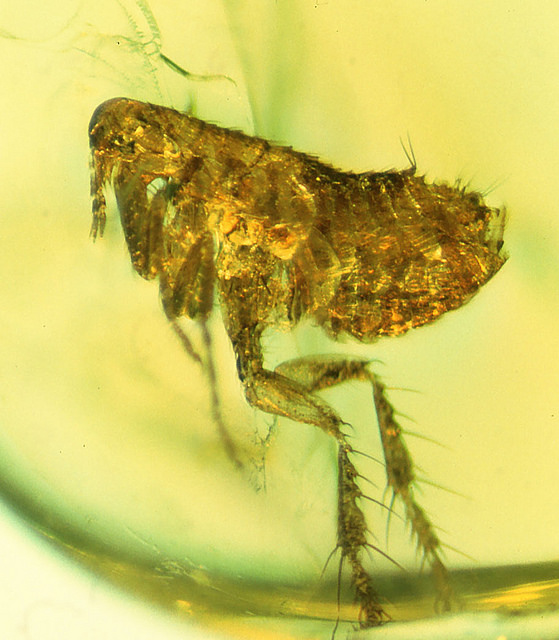 Last week we introduced a report about the search for Bigfoot that resulted from four years of study. While it doesn’t have the indisputable evidence that we crave, it brought up a number of ideas about why we could look and look and look for something and still not be able to find it.
Last week we introduced a report about the search for Bigfoot that resulted from four years of study. While it doesn’t have the indisputable evidence that we crave, it brought up a number of ideas about why we could look and look and look for something and still not be able to find it.
This week brings us another case where we thought we knew something and there’s more to find. People have been searching for Nessie (the mysterious Loch Ness creature) since 1933. Even though there have been numerous sightings, photos and even video to support the idea that something is in the Loch, no one has been able to locate the creature. How is that possible? Loch Ness only covers about 22 square miles. Yes, it’s a lot of space, but it’s all boxed in. With all of the sophisticated sonar equipment we have along with satellites and everything else that we use to explore we must be able to see everything in there, right?
You would think so, but even with all that a new discovery was made about Loch Ness, a discovery which could make all the difference. There are parts of the Loch that we haven’t yet seen! According to this article from the Daily Record, Keith Stewart, captain of a tourist sightseeing boat, did some new soundings and found an area that is 76 feet deeper than anything that has been measured before. This newly discovered trench could certainly be a hiding place for Nessie and other similar creatures. Here is video of Captain Stewart as they made their historic find.
https://youtu.be/BdkjiGpTVJw
This discovery calls much into question. Is this the only such trench in the Loch? Could there be other such hiding places? Does this give more credence to the idea some have had that there may be hidden channels between Loch Ness and other bodies of water, allowing creatures to move between others?
Also, it is reasonable that whatever this creature is that it could prefer living at depths. This National Geographic gallery shows a number of creatures that are rarely encountered because they stay deep beneath the surface. We just don’t know!
Perhaps this discovery will lead to a different picture of Loch Ness and different approaches to searching for Nessie.









